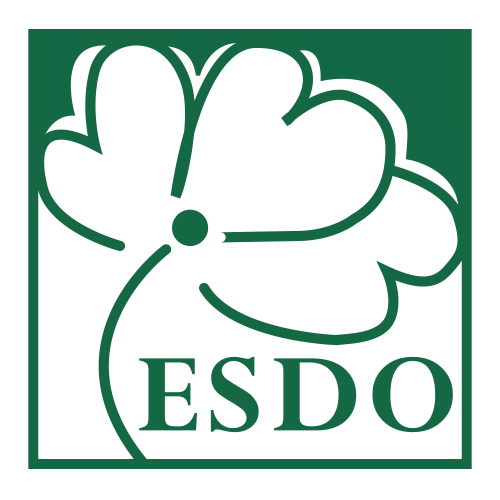Activists & Experts Urged to Ban Lead Paint
Dhaka, 27th October, 2019: Activists and experts urged the Government to ban lead paint and enact a law to protect children health and environment. They said, it’s an urgent need for the country to take serious regulatory steps. To observe the “International Lead Poisoning Prevention Week of Action 2019”, Environment & Social Development Organization-ESDO organized a round table meeting. The meeting was held at ESDO’s head office on Sunday.
Bangladesh has recently established a limit of 90 parts-per-million (ppm) for lead in decorative paints. This threshold is widely agreed upon as an international standard to protect people, especially children, from lead hazards. At least 73 nations now have similar legal limits on the production, importation, or sale of paint with lead. However, studies indicate that many paints sold in low- and middle-income countries still contain lead at concentrations hundreds or thousands of times above this limit.
Lead is a powerful neurotoxicant with no known safe level of exposure. It is particularly dangerous for children, whose brains are still developing. Lead exposure leads to reduced IQ, attention and behavioral problems, and school underperformance, as well as other effects like anemia and kidney damage. A 2013 study estimated that the national GDP of Bangladesh is reduced by nearly 6% because of IQ loss due to childhood lead exposure. Across the Asia Pacific region, the annual economic cost of childhood lead exposure is thought to be about $700 billion, or nearly 2% of regional GDP.
ESDO Chairperson and former Secretary Syed Marghub Murshed, Prof. Dr. Md. Abul Hashem, former Chairperson and Professor of the department of Chemistry, Jahangirnagar University, and Secretary General of ESDO Dr. Shahriar Hossain, Executive Director of ESDO Siddika Sultana, other experts from different sectors and team members of ESDO along with journalists from electronic and print media were present on this meeting.
Syed Marghub Morshed said, “There is no known level of lead exposure that is considered safe. Decorative paint for household use has been identified as the main source of children’s lead exposure from paints. Government should take action for further regulation as still lead containing paints are available in the market place.”
Prof. Dr. Md. Abul Hashem said, “Lead-based paint is a dangerous source of lead. Infants, children and pregnant women are at higher risk. Children can ingest lead because of their frequent hand-to-mouth activity and tendency to mouth or chew objects. Children absorb and retain more lead into their bodies compared to adults. For pregnant women, even low levels of lead can affect the growth of the developing baby”.
Although ESDO has applauded the 90 ppm standard, it notes that further regulation and testing is required to enforce this important limit. “Further regulation and very strong enforcement are still necessary, especially when we consider that lead-contaminated paint has been found so commonly in our
country,” explained Dr Shahriar Hossain, ESDO Secretary-General. He pointed out that ESDO studies of paints sold in Dhaka and Chittagong in 2013 and 2015 found lead concentrations in yellow paints averaging about 40,000 ppm, hundreds of times higher than the new 90 ppm standard. In 2013, ESDO found no paints that fell below the 90 ppm standard. In 2015, nine paint samples (out of 49 tested) were below 90 ppm, but 17 samples were above 10,000 ppm. Dr Hossain notes that the lack of new data since the 2015 study demonstrates that much more monitoring and enforcement is required in Bangladesh.
Elite Paint, based in Dhaka, is the only manufacturer to have achieved Lead Safe Certification for its products to date. “For all other brands, consumers have no way to know how much lead might be in the paint they buy,” pointed out ESDO Executive Director Siddika Sultana. “That’s why it’s critical that the Government of Bangladesh take immediate steps to regulate and test paints. The trust of the nation is placed with them to protect our children from this very dangerous neurotoxin.”
Background Information:
ESDO has been working since 2008 to raise awareness about lead and to advocate for the 90 ppm standard and subsequent regulation and adoption of a standard of lead limit. ESDO conducted research and published national reports on the lead content of different paint brands of Bangladesh and collaborated with Bangladesh Paint Manufacturers’ Association (BPMA) in 2013. A draft regulatory framework and guideline for complete lead paint elimination was prepared by ESDO and submitted to the Department of Environment.
For more Information:
Shazia Jannat
Jr. Program Associate, ESDO
E-mail: shazia@esdo.org
Mobile: 01557019412
